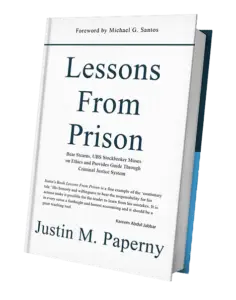The Bureau of Prisons (BOP) launched the FSA Task Force to confront a critical bottleneck: delays in processing home confinement placements under the First Step Act (FSA) and Second Chance Act (SCA). Inmates had been waiting for promised community placement, and staff were overwhelmed, often unfairly blamed for paperwork problems rooted in flawed data systems.
Director William K. Marshall III made it clear: accountability is non-negotiable. During visits to institutions nationwide, he heard the same frustration from both sides. Inmates asked why their FSA and Second Chance Act credits weren’t reflected in their Conditional Placement Dates. Staff explained they were doing their best but lacked accurate system data. The result? Misplaced blame, broken trust, and preventable delays.
To solve it, the FSA Task Force—based at the Designation and Sentence Computation Center (DSCC)—was created to manually identify and correct community placement dates. This team’s work directly impacts the Residential Reentry Management (RRM) offices by accelerating referrals, freeing up bed space at Residential Reentry Centers (RRCs), and ensuring eligible individuals get home confinement faster.
This isn’t just an administrative change; it sets a new expectation. Director Marshall’s push to “maximize the use of community placement” relies on two things: better data and personal accountability—from both staff and those in custody.
For incarcerated individuals, this means something more: the BOP now looks for documented personal progress, not just eligibility by statute. That’s why a personal, evolving release plan is no longer optional. Prisoners must create a detailed narrative that shows measurable growth, program participation, financial planning, and family reintegration steps.
This isn’t a checklist. It’s a living document that matters at every stage: case manager reviews, RRM referrals, and administrative decision-making. Michael Santos, pioneered this practice years ago, long before the BOP made it policy. His workbook, distributed to thousands of federal prisoners, helped establish what has become possible today: providing a clear, written record that could show why someone is worthy of a second chance.
In today’s environment, publishing that release plan matters just as much. Platforms like PrisonProfessorsTalent.com allow individuals to document their progress publicly, building a digital footprint that case managers, probation officers, and even judges can review. It’s no longer about just serving time; it’s about demonstrating preparation for liberty.
Director Marshall’s leadership isn’t only about fixing internal systems; it’s about creating visible, verifiable accountability that applies to incarcerated people as well. Being eligible for home confinement isn’t enough — you need to show the effort you’re making inside. The most practical step you can take is to build a detailed release plan that documents your progress, shows you’ve taken accountability, and makes clear why you’re ready for community placement. Publishing that plan creates a record others can review — giving case managers, probation officers, and judges something concrete when considering your request for early release.
Join our next webinar (every Tuesday at 11AM Pacific / 2PM Eastern) to learn how to build, document, and publish a release plan that meets the new BOP standards—and moves you closer to home confinement.
Justin Paperny



